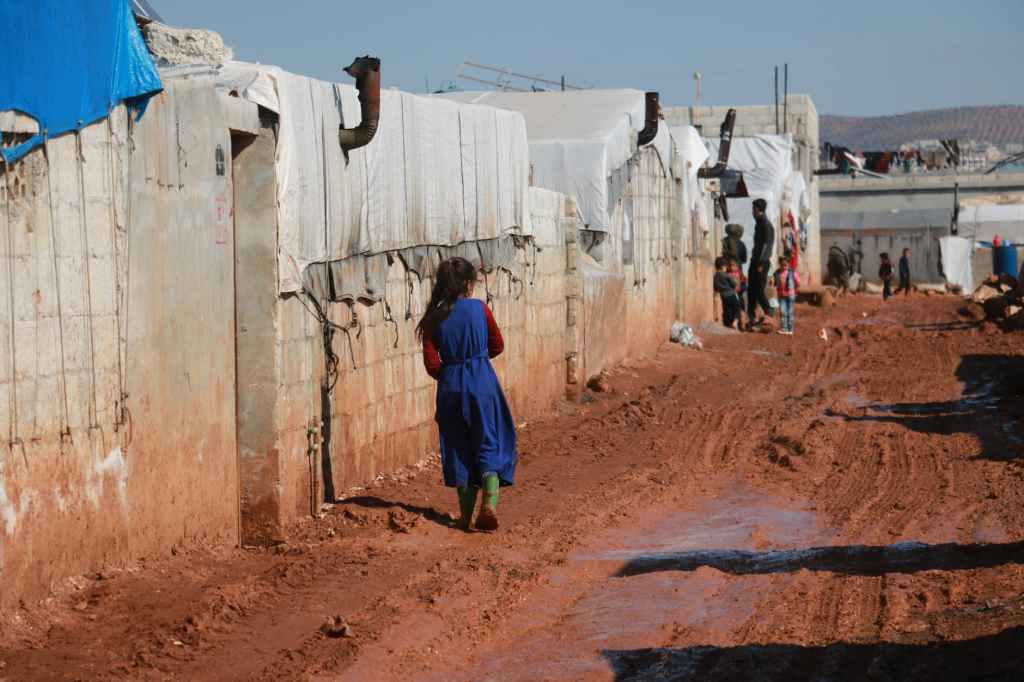Human trafficking is a global problem that affects people in many countries. According to the United Nations Office on Drugs and Crime (UNODC), the majority of human trafficking victims are women and children. Some of the countries that are identified as major sources, transit points, or destinations for human trafficking include:
China: A significant number of Chinese women and girls are trafficked for sexual exploitation and forced labor.
Mexico and Central America: Many individuals from these countries are trafficked to the United States for labor and sexual exploitation.
Russia and Eastern Europe: Women and girls from these countries are often trafficked to Western Europe and the Middle East for sexual exploitation.
India: India is a source, transit, and destination country for human trafficking, with a significant number of individuals trafficked for forced labor and sexual exploitation.
Nigeria: Women and children from Nigeria are often trafficked to other West African countries and to Europe for sexual exploitation.
Afghanistan: Afghanistan is a source country for men, women and children trafficked for forced labor and sexual exploitation within the country and to Iran and Pakistan.
These are some of the countries that have been identified as having high levels of human trafficking, but it should be noted that the problem affects many other countries as well.
Major sources of human trafficking include poverty, lack of education and job opportunities, political instability, and cultural norms that devalue certain groups of people. In addition, traffickers often target individuals who are in vulnerable situations, such as refugees or migrants, or those who have experienced previous abuse or trauma. Factors such as weak law enforcement and corruption can also enable human trafficking to occur.

Human trafficking transit points refer to locations used by traffickers to transport victims of human trafficking. These can include airports, bus stations, ports, and border crossings. Transit points are often used to move victims from one country to another, and traffickers may use a variety of methods to evade detection, such as using fake documents or disguising the victims as tourists or migrants. Some of the most common transit points for human trafficking include countries in Southeast Asia, the Middle East, and Africa, but it is a global issue that happens in every country.
Climate change can exacerbate the risk factors that make individuals and communities vulnerable to human trafficking. For example, natural disasters and displacement caused by climate change can increase poverty and economic instability, making people more likely to seek out work opportunities that may lead to exploitation. Additionally, rising sea levels and increased frequency of extreme weather events can also make people more vulnerable to human trafficking as they flee from their homes.
Human trafficking destinations vary, but some of the most common include industrialized countries such as the United States, Canada, and those in Western Europe, as well as developing countries in Asia, Africa, and the Middle East. Within countries, urban areas and tourist destinations are often targeted by traffickers. Additionally, trafficking can occur within a country’s borders, with victims moved from rural to urban areas.
Political involvement in human trafficking can take several forms. Some governments actively participate in human trafficking by allowing or facilitating the movement of people into the country for forced labor or sexual exploitation. Other governments may turn a blind eye to human trafficking happening within their borders, failing to take adequate measures to investigate and prosecute traffickers. On the other hand, there are governments that are actively working to combat human trafficking by enacting and enforcing laws, creating specialized law enforcement units, and providing services to victims. Additionally, the international community has also been working on the matter by signing international treaties and agreements to fight human trafficking, and countries are expected to follow and adhere to these laws.
It is difficult to say which countries have the least human trafficking, as the crime is often hidden and underreported. However, some countries have been recognized for their efforts to combat human trafficking and for having relatively low numbers of reported cases. These include:
The Nordic countries (Denmark, Finland, Iceland, Norway, and Sweden) have been noted for their strong laws and policies against human trafficking, as well as their support for victims.
Switzerland has also been recognized for its efforts to combat human trafficking and its comprehensive legal framework.
Canada has been recognized for its efforts to combat human trafficking and its support for victims, particularly through its action plan to combat human trafficking.
It is important to note that low reported cases may not necessarily indicate low occurrence of human trafficking, but rather the effectiveness of the state in detecting and reporting the crime.
Human trafficking is a global phenomenon and accurate statistics are hard to come by, due to the hidden and underreported nature of the crime. However, the International Labour Organization (ILO) estimates that there are 21 million victims of forced labor worldwide, including both labor and sexual exploitation.
The United Nations Office on Drugs and Crime (UNODC) estimates that human trafficking is a $150 billion industry, with $99 billion coming from commercial sexual exploitation and $51 billion from forced labor.
In terms of geographical distribution, Asia and the Pacific region account for the largest number of victims, followed by Africa, Europe, and the Americas. In terms of types of exploitation, sexual exploitation is the most commonly reported form of trafficking, followed by forced labor.
It’s important to note that these numbers are approximate and may not reflect the true scale of the problem. The lack of reliable data makes it hard to estimate the real dimension of the problem. Moreover, human trafficking is a crime that is often underreported and difficult to detect, so it’s possible that these numbers are an underestimate of the true scale of the problem.



